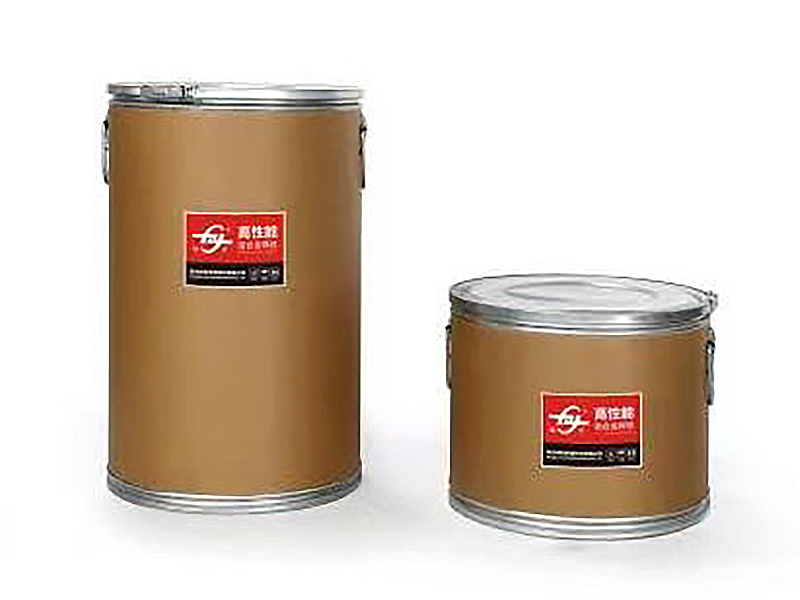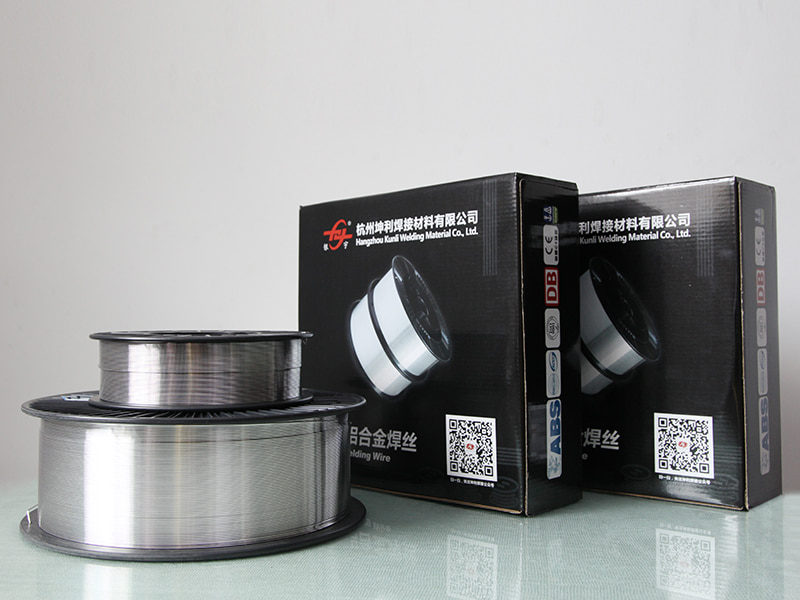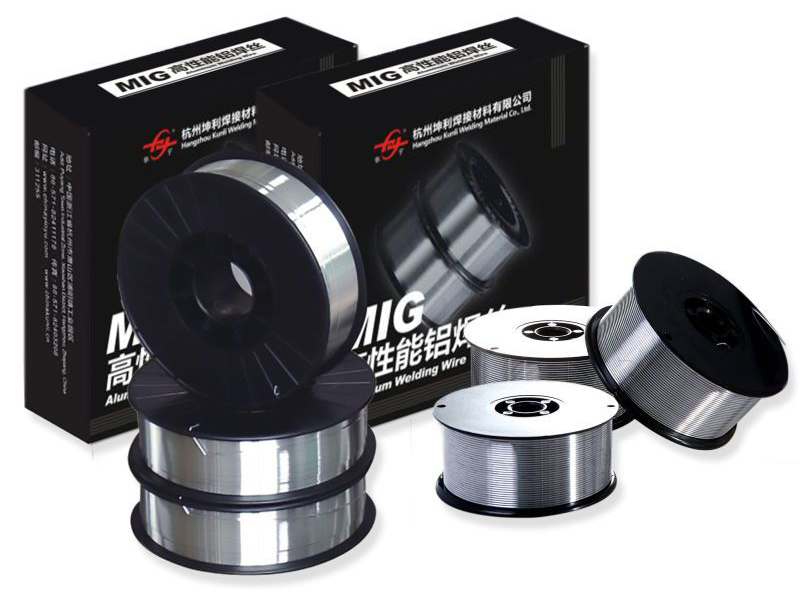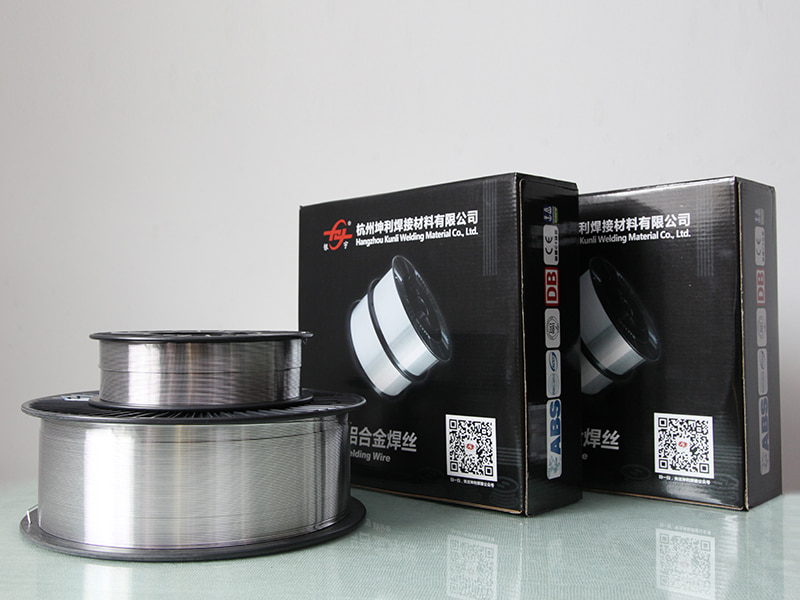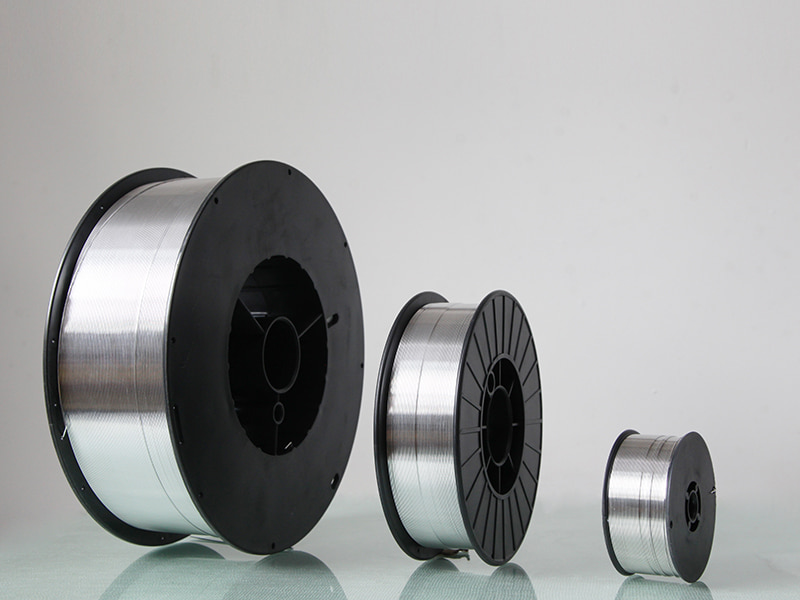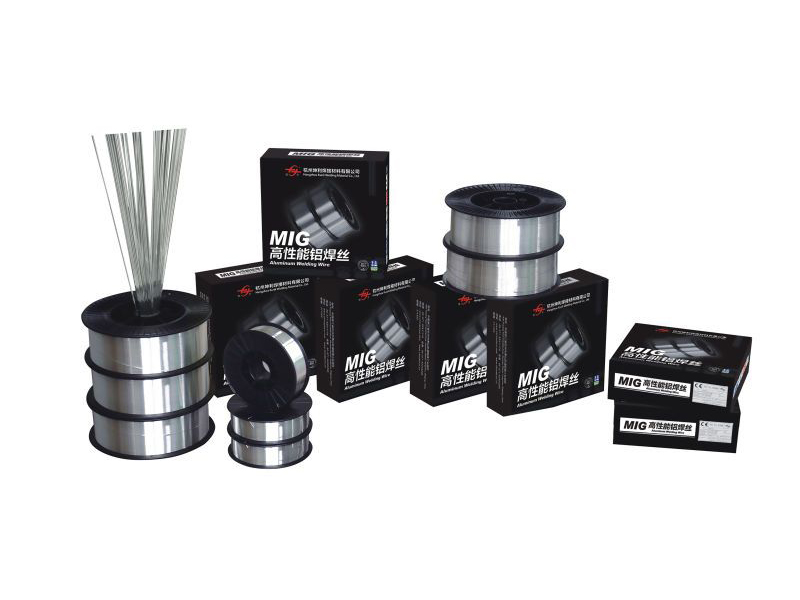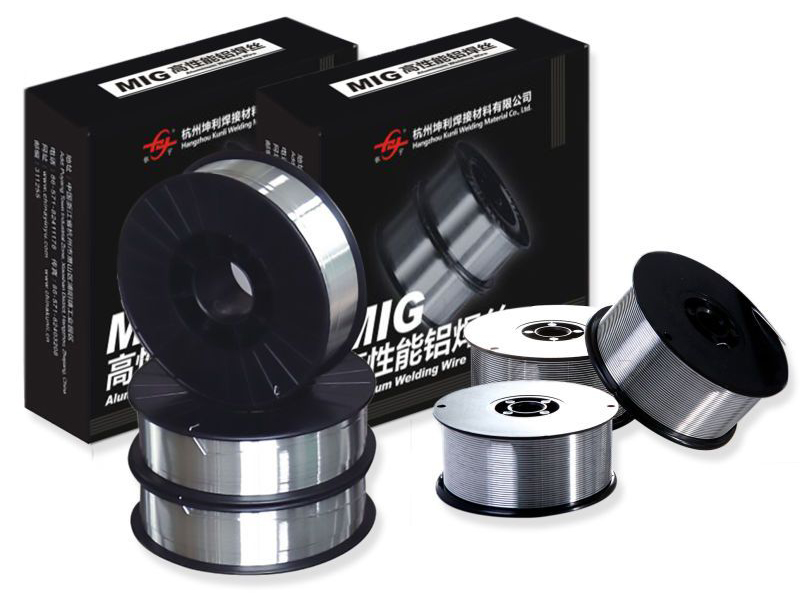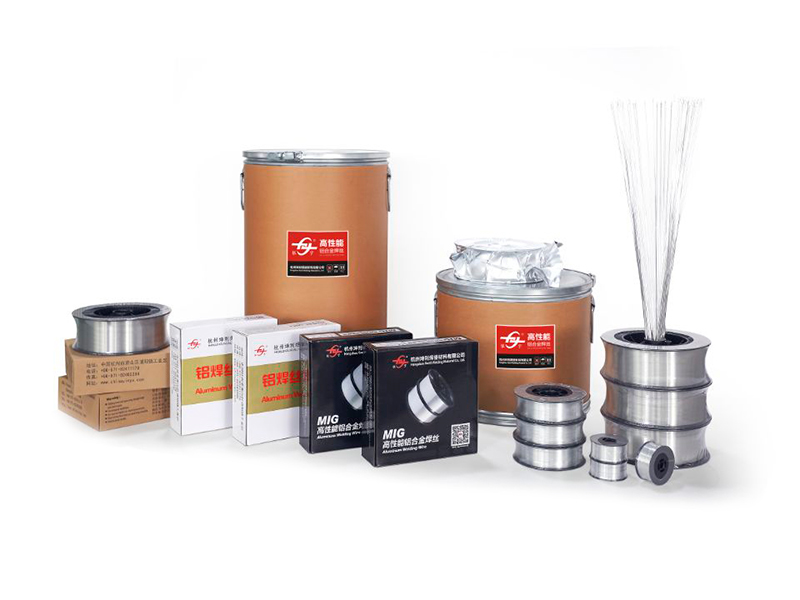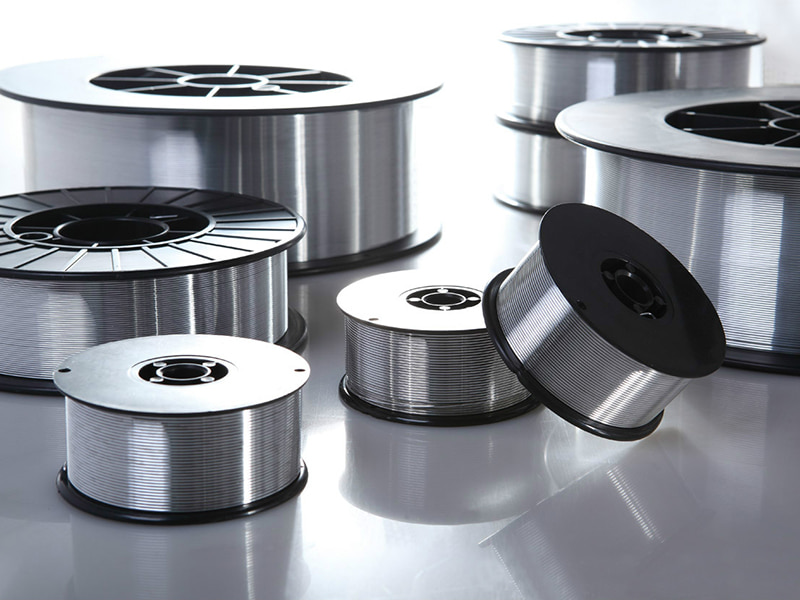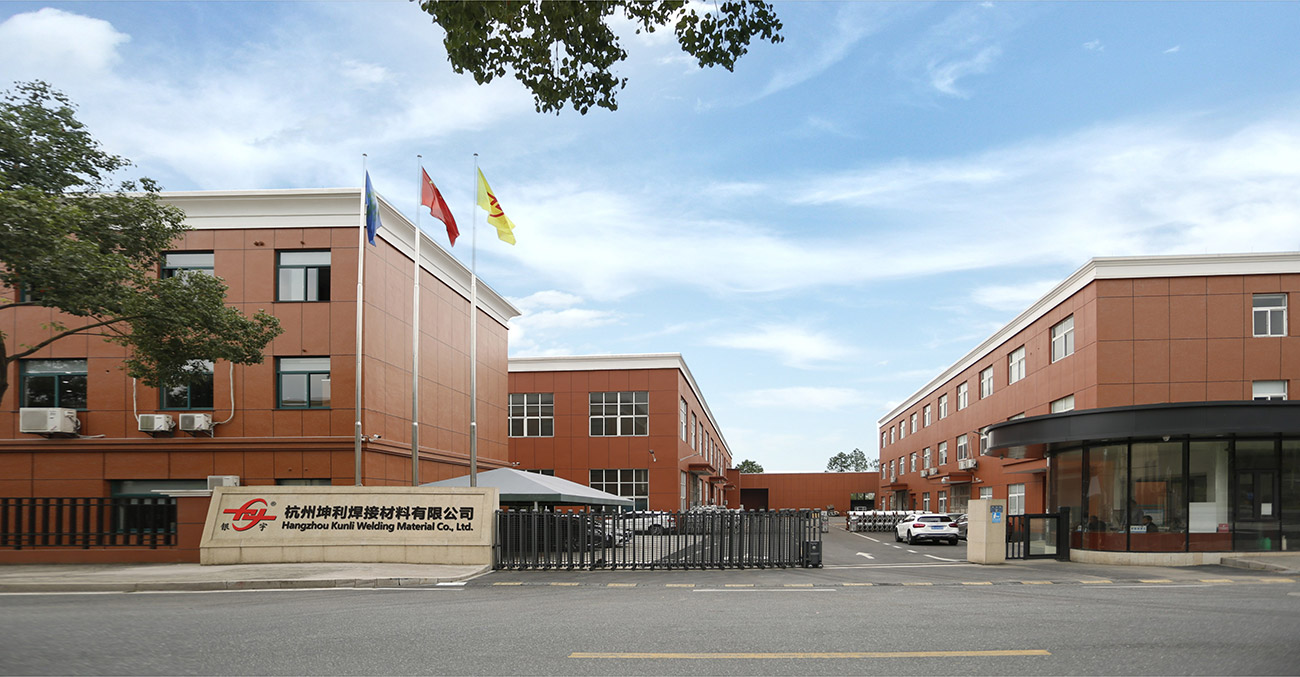Introduction
Applications like electrical bus bars and cooling systems require filler metals that maintain the high thermal and electrical conductivity of the parent material. This niche requires high-purity aluminum alloys, primarily from the 1XXX series (like ER1100), which have the lowest alloy content and thus the highest conductivity. The wire must be manufactured to the highest cleanliness standards, as impurities directly degrade both electrical and thermal performance of the joint, leading to inefficient heat dissipation and potential electrical failure.
Specification
| Key Property | Maximized electrical and thermal conductivity (high % IACS) |
| Material Focus | ER1100, ER1070, and other high-purity (low-alloy) 1XXX series |
| Purity Control | Strict control over iron (Fe) and silicon (Si) impurities |
| Joint Quality | Low resistance joint to minimize heat loss |
| Testing | Often tested to verify conductivity post-weld |
Applications
Joining aluminum bus bars in power distribution and electrical substations.
Welding of heat sinks, cooling plates, and thermal management devices.
Fabrication of components for high-current transfer and specialized battery technology.
General purpose joining where pure aluminum properties are required.
FAQ
- Q: Which aluminum alloy filler metal offers the highest thermal conductivity?
- A: Pure aluminum filler metals, such as ER1100 (99% pure Al), offer the highest thermal and electrical conductivity because alloying elements typically decrease these properties.
- Q: What impact does a slightly impure weld have on a bus bar connection?
- A: Impurities increase the electrical resistance in the joint. This resistance causes localized heating ("hot spots"), which can lead to increased power loss, component degradation, and potential failure of the connection under high current load.
 English
English Deutsch
Deutsch
 English
English Deutsch
Deutsch

